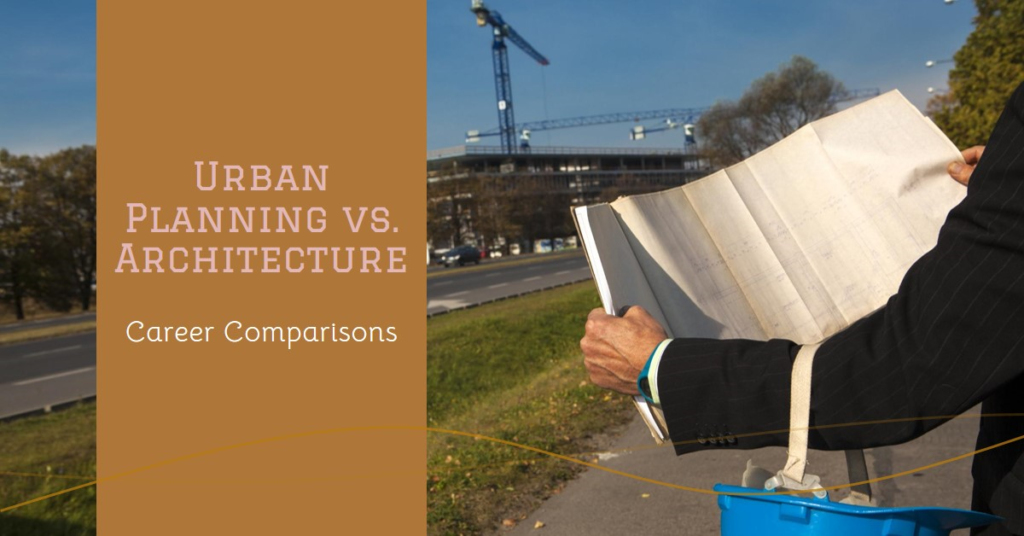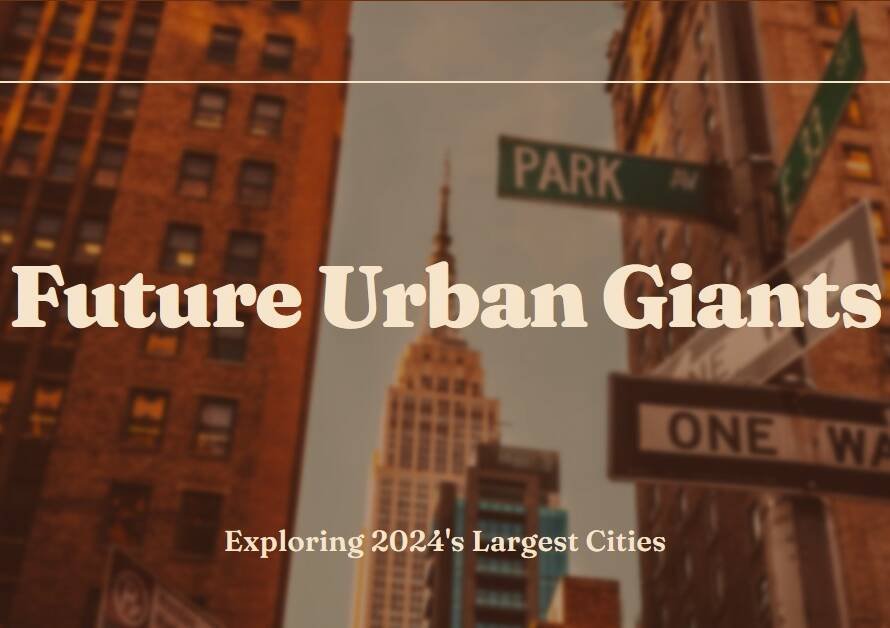
Table of Contents
- Introduction: Shaping the Future of Cities
- Defining Urban Planning and Architecture:
- Educational Pathways: Navigating Your Career
- Skills and Competencies: What It Takes to Succeed
- Day-to-Day Responsibilities: A Glimpse into Professional Life
- Impact on Society: Contributions and Challenges
- Career Opportunities: Exploring the Job Market
- Interdisciplinary Collaboration: Bridging the Gap
- Future Trends: Adapting to a Changing World
- Conclusion: Choosing Your Path
Introduction: Shaping the Future of Cities
Urban planning and architecture are two interconnected fields that play crucial roles in the development and design of our built environment. Despite their overlapping domains, these professions differ significantly in focus, scope, and practice. In this blog post, we will delve into the nuances of urban planning and architecture, comparing their career paths, responsibilities, and the unique contributions each makes to society.
Defining Urban Planning and Architecture:
Urban planning involves the development and design of land use and the built environment, including infrastructure, transportation systems, and public spaces. Planners aim to create functional, sustainable, and aesthetically pleasing urban areas by considering economic, social, and environmental factors. Their work often extends beyond individual buildings to encompass entire neighborhoods, cities, or regions.
Architecture, on the other hand, focuses on the design and construction of individual buildings and structures. Architects combine technical knowledge, creative vision, and artistic skills to create spaces that are not only functional but also visually appealing. Their work includes residential, commercial, and public buildings, and often involves detailed attention to materials, form, and spatial organization.
Educational Pathways: Navigating Your Career
To become an urban planner, one typically needs a bachelor’s degree in urban planning, geography, or a related field. Many planners also pursue a master’s degree in urban or regional planning to gain specialized knowledge and improve their career prospects. Coursework often includes subjects like land use planning, environmental planning, urban design, and public policy.
Aspiring architects usually start with a Bachelor of Architecture (B.Arch) or a related degree, followed by a Master of Architecture (M.Arch) for advanced knowledge and specialization. Architecture programs emphasize design studios, where students develop their projects, alongside courses in architectural history, theory, technology, and professional practice. Additionally, architects must complete internships and pass licensing exams to practice professionally.
Skills and Competencies: What It Takes to Succeed
Urban planners require a blend of analytical and creative skills. They must be adept at research, data analysis, and strategic thinking to understand and address complex urban issues. Communication skills are also crucial, as planners frequently engage with stakeholders, including government officials, community members, and developers. Moreover, a solid understanding of zoning laws, environmental regulations, and economic principles is essential.
Architects need a strong foundation in design and technical skills. Proficiency in drafting, 3D modeling, and architectural software is critical for creating detailed building plans. Creativity and artistic ability are vital for developing innovative designs that meet clients’ needs and comply with building codes. Architects must also possess project management skills to oversee construction projects, ensuring they are completed on time and within budget.
Day-to-Day Responsibilities: A Glimpse into Professional Life
Urban planners’ daily tasks vary depending on their specialization and the scale of their projects. They might conduct site assessments, analyze demographic and economic data, and develop land use plans. Planners also prepare reports and presentations for public meetings, where they gather input from community members and other stakeholders. Collaboration with engineers, architects, and environmental scientists is common to ensure comprehensive planning.
Architects’ workdays often revolve around design and project management. In the initial stages, they meet with clients to understand their needs and develop preliminary designs. Architects then create detailed blueprints and specifications, coordinating with engineers and contractors to ensure feasibility. During construction, architects visit sites to oversee progress, address any issues, and ensure that the work adheres to the design intent and regulatory standards.
Impact on Society: Contributions and Challenges
Urban planners play a crucial role in shaping sustainable and livable communities. Their work directly impacts public health, safety, and welfare by promoting efficient land use, reducing environmental impacts, and improving transportation systems. Planners also strive to enhance social equity by ensuring access to affordable housing and essential services. However, they often face challenges such as political pressures, budget constraints, and the need to balance competing interests.
Architects contribute to society by creating buildings that not only serve practical purposes but also inspire and uplift the human spirit. Through thoughtful design, architects can improve energy efficiency, reduce carbon footprints, and enhance the quality of life for occupants. They also address issues like accessibility, safety, and resilience in the face of natural disasters. Nonetheless, architects must navigate challenges such as client expectations, regulatory hurdles, and the complexities of modern construction.


Career Opportunities: Exploring the Job Market
Urban planners can work in various settings, including government agencies, private consulting firms, non-profit organizations, and academia. Common roles include city planner, transportation planner, environmental planner, and urban designer. With experience, planners can advance to senior positions such as planning director or urban planning consultant. Job prospects in urban planning are generally favorable, especially for those with advanced degrees and specialized expertise.
Architects have diverse career options, ranging from working in architectural firms to starting their own practices. They can specialize in areas like residential, commercial, or industrial design, as well as niche fields such as landscape architecture or historic preservation. Career advancement may lead to roles such as project manager, design director, or principal architect. The demand for architects is influenced by factors like economic conditions, construction activity, and trends in sustainable design.
Interdisciplinary Collaboration: Bridging the Gap
Urban planning and architecture are inherently collaborative fields, and professionals often work together on large-scale projects. Planners provide the broader context and framework within which architects design individual buildings. Effective collaboration ensures that developments are cohesive, functional, and aligned with community goals. This synergy is crucial for creating urban environments that are both beautiful and sustainable.
To enhance collaboration, both urban planners and architects should cultivate a mutual understanding of each other’s disciplines. This can be achieved through joint educational programs, interdisciplinary workshops, and collaborative projects. Emphasizing communication and teamwork skills in professional development can also foster better cooperation. By working together, planners and architects can achieve more holistic and innovative solutions to urban challenges.
Future Trends: Adapting to a Changing World
The field of urban planning is evolving to address emerging issues such as climate change, urbanization, and technological advancements. Planners are increasingly focusing on sustainability, resilience, and smart city technologies. Integrating renewable energy, green infrastructure, and data-driven decision-making are becoming standard practices. Additionally, public engagement and participatory planning are gaining importance as communities demand greater involvement in shaping their environments.
Architecture is also undergoing significant transformations, driven by advances in materials, construction techniques, and digital tools. Sustainable design is at the forefront, with architects incorporating passive solar design, green roofs, and energy-efficient systems. Innovations like parametric design and 3D printing are pushing the boundaries of what is possible. Furthermore, there is a growing emphasis on designing for health and well-being, considering factors like natural light, air quality, and biophilic design principles.
Conclusion: Choosing Your Path
Choosing between a career in urban planning and architecture depends on your interests, skills, and career goals. Both fields offer the opportunity to make a meaningful impact on the built environment and society. Urban planners focus on the broader context and systemic issues, while architects hone in on the design and construction of individual structures. Ultimately, whether you are drawn to the strategic and analytical nature of urban planning or the creative and technical aspects of architecture, both professions play a vital role in shaping the future of our cities.



